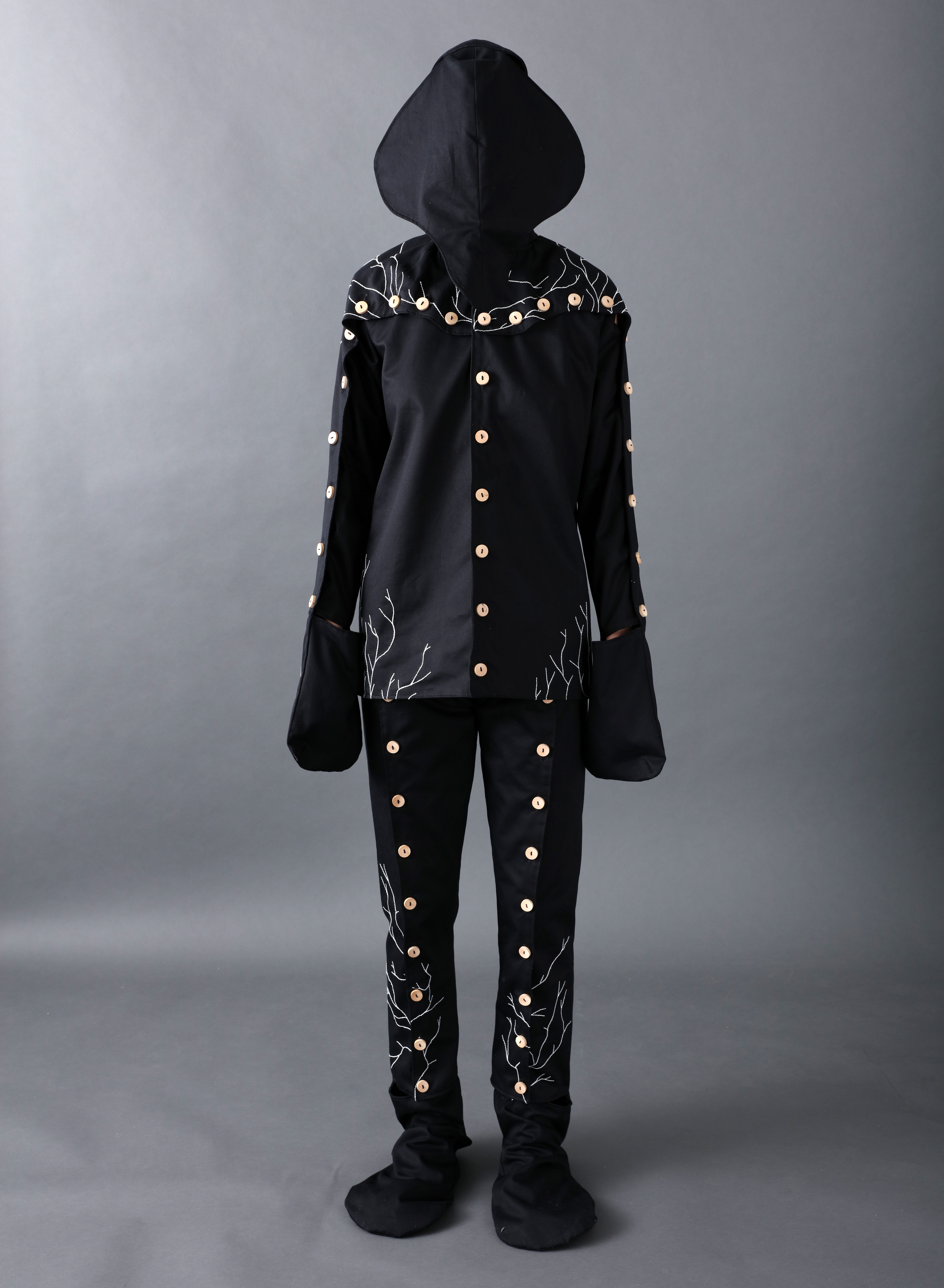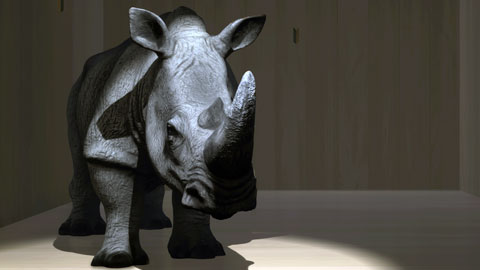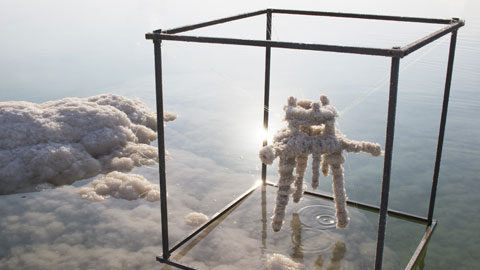The Selects is one of the rotating exhibits that will be on display at the same time as the Triennial. The Triennial itself occupies the outdoor garden and two large floors in the mansion that was once the New York home of Andrew Carnegie. In between those floors are samples from the museum’s vast collection of over 210,000 objects—representing 30 centuries of work, from ancient artifacts to 3D-printed objects—in exhibits aligned with the nature theme. In the Selects series, outsiders are invited to curate their own exhibit culled from that vast collection.
The outside curators are a diverse group. “For the first time, we’re having a group of five scientists come in and choose objects from our collections,” Ms. McQuaid says. “They are from the Wyss Institute for Biologically Inspired Engineering at Harvard, who are also represented in the Triennial.”
The scope of the project is a huge endeavor, spilling into all aspects of the Cooper Hewitt’s operations, including its education initiatives, concert programs and special events. The intention is to drive home the importance of the theme.
“So rather than just have one show, the Triennial, focused on Nature, we are giving the theme over to the entire campus—reverberating on every floor and in the Garden,” Ms. Baumann says. “That’s purposeful—the whole place exuding nature.”
In addition, duplicating most of the Triennial exhibits at Cube design museum will be a huge logistical operation in itself. “Co-operation is crucial in addressing the human-inflicted situation in which nature currently finds itself,” says Cube Director Hans Gubbels in a press release. The project “carries the promise that we can bring human behavior back in line with nature again. Co-operation between design, science and technology thus can turn the tide for our planet.”
The work in the Triennial is grouped into seven categories, inspired by the designers’ various approaches to nature: Understand, Simulate, Salvage, Facilitate, Augment, Remediate and Nurture.
“In some cases, the designers are advocating for or modeling a change in behavior,” Ms. McQuaid says. “In other ways, they’re inspired by nature, such as the category of Simulate. We didn’t set out with those themes in mind. It really came about by looking at the projects themselves. We’re very much about process as well as finished designs; we really want to understand how designers work. This was a way that we could delve into that a bit more.”




